Functionality, features and workflows
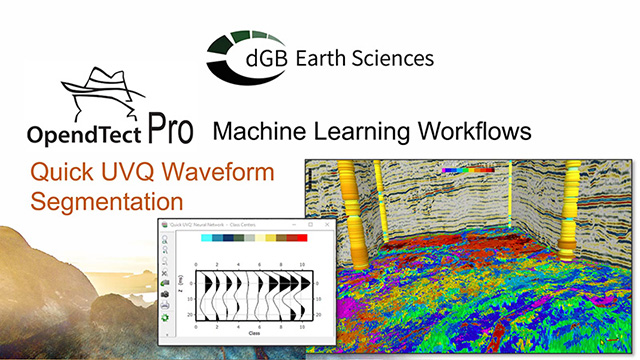
Machine Learning Workflows – Quick UVQ Waveform Segmentation
- Written by: Paul de Groot
Today, we start a series of posts about Machine Learning Workflows supported in OpendTect. Each workflow is presented in the form of a short video. We will show that you do not have to be a data science expert to use Machine Learning solutions in day-to-day seismic interpretation work. Some videos show workflows from our original Neural Networks plugin, which is now an integral part of the Machine Learning plugin. Other videos describe new workflows for deep learning algorithms such as CNNs and Unets. Amongst others we will show that labels can be created with a paintbrush (image-to-point applications) and by drawing polygons (image-to-image applications).
Read more: Machine Learning Workflows – Quick UVQ Waveform Segmentation
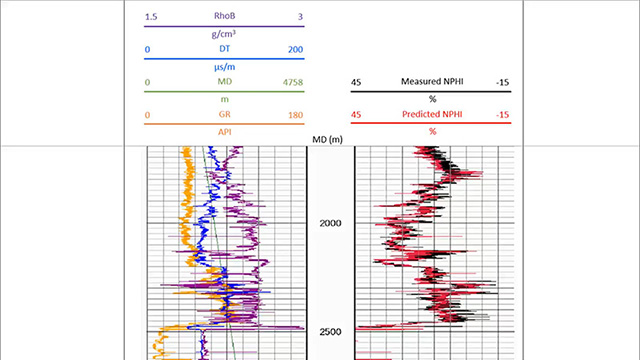
XGBoost NPHI Prediction
- Written by: Paul de Groot
In today’s post we show how Machine Learning can be used to predict a missing log. The model is called XGBoost (eXtreme Gradient Boosting). This is an extremely fast ensemble technique in which the overall performance of a base model is improved through boosting.
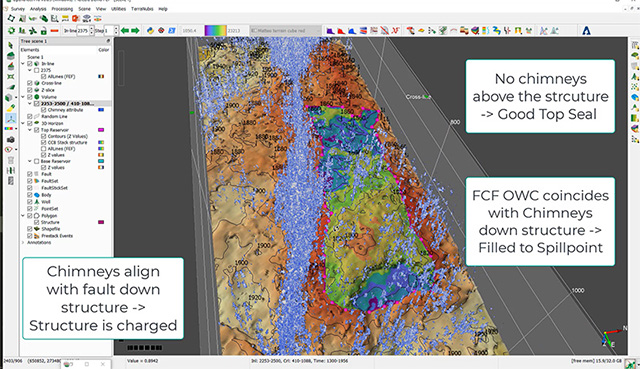
Finding Hydrocarbons with OpendTect's Fluid Contact Finder and Chimney Cube
- Written by: Paul de Groot
Today, we show an example of how to de-risk an exploration prospect using OpendTect’s Fluid Contact Finder (FCF) and Machine Learning plugins.
FCF is a tool to enhance hydrocarbon-induced seismic amplitude anomalies. The idea is simple: all seismic traces lying on the same (depth-)contour of a hydrocarbon-filled structure are expected to encounter the same hydrocarbon column length. In other words, the seismic response will be affected by hydrocarbon-fill in a similar manner. Stacking all traces lying in the same contour interval thus enhances the hydro-carbon effect (the anomaly) while cancelling all other effects (noise and lithological differences). The result of a FCF analysis is presented in the form of a panel of stacked traces organized in contour intervals. Step-changes in amplitude response indicate changes in fluid-fill. Another useful output of FCF analysis is a volume of FCF stacked traces to display amplitude maps of FCF-enhanced anomalies
Read more: Finding Hydrocarbons with OpendTect's Fluid Contact Finder and Chimney Cube
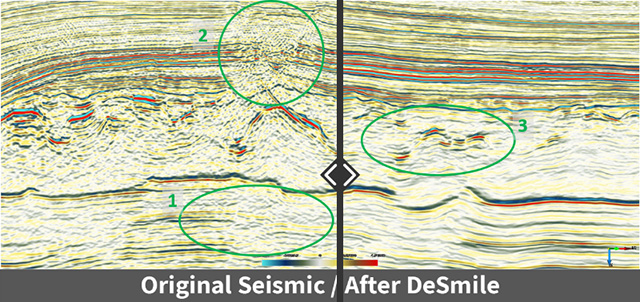
Improving interpretability with Machine Learning
- Written by: Paul de Groot
Today, we show another great example of how you can quickly improve the interpretability of seismic data by applying a trained Machine Learning model.
DeSmile is one the models from Lundin-GeoLab (nowadays AkerBP) that is available in OpendTect’s growing library of trained ML models
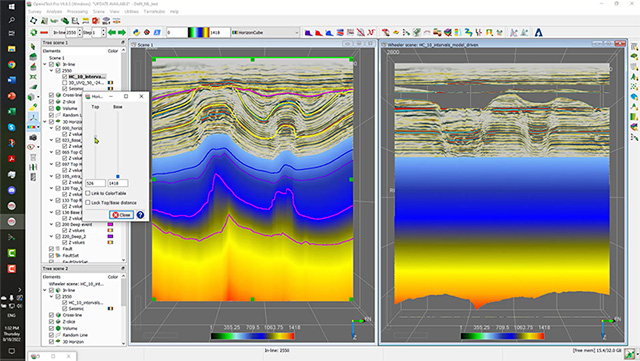
High-Resolution 3D Waveform Segmentation
- Written by: Paul de Groot
In April 2022, Friso Brouwer of I^3 GEO, conducted an OpendTect webinar in which he showed how high-resolution 3D waveform segmentation can be used for quick geomorphological analysis.
In this post, we show another application of Friso’s workflow. We use the Delft survey, which is freely available from TerraNubis, our cloud portal. Delft is one of several free projects that do not check for license keys, meaning you can run OpendTect Pro and commercial plugins on this dataset.
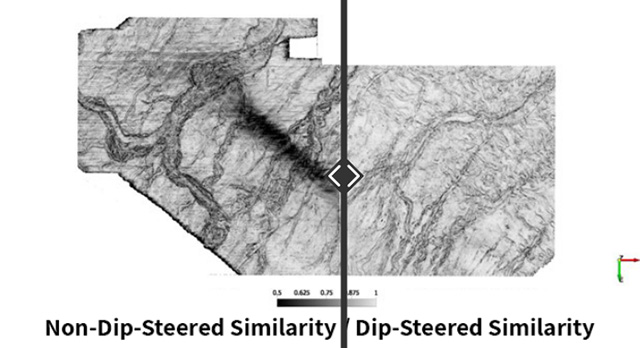
Dip Steering: Improving multi-trace attributes
- Written by: Hesham Refayee
Dip Steering is a commercial plugin of OpendTect Pro for computing and using dip and azimuth volumes (Steering Cubes) from seismic data. This powerful tool enables users to:
- Apply structurally oriented filters
- Extract mult-trace attributes along seismic reflectors
- Compute volume curvature attributes
- Extract horizons individually, or as a dense set (HorizonCube) using inversion-based flattening algorithms.

Superior fault imaging using OpendTect's Faults and Fractures plugin
- Written by: Hesham Refayee
OpendTect supports the most advanced fault attributes available in the market through its Faults and Fractures plugin. Thinned Fault Likelihood or TFL is designed particularly for mapping and imaging faults and fractures based on their dips and strike range. The output is a probability volume with a razor-sharp image of the faults that can be used to extract fault planes.
Read more: Superior fault imaging using OpendTect's Faults and Fractures plugin

Thalweg Tracker: Geobodies Extraction tool
- Written by: Hesham Refayee
A unique piece of functionality in OpendTect Pro is the Thalweg tracker.
A Thalweg tracker is a 3D amplitude tracker that grows 3D bodies along the path of least resistance. The tracker has two main applications:
- to detect and isolate 3D bodies of sedimentary features such as channels, lobes, splays, and reef buildups, and
- to create labels for supervised Machine Learning seismic facies segmentation workflows.
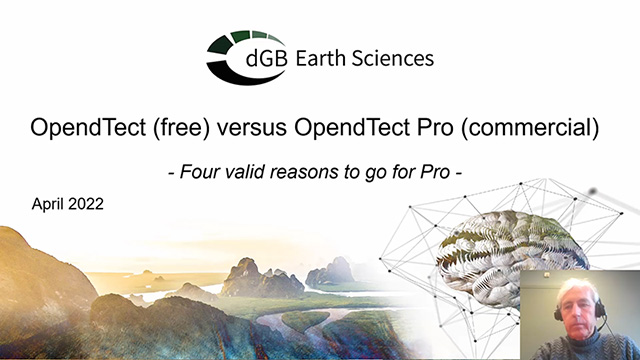
OpendTect vs OpendTect Pro
- Written by: Marieke van Hout
In this video Paul de Groot from dGB Earth Sciences explains the main differences between the free platform OpendTect and our commercial platform OpendTect Pro.